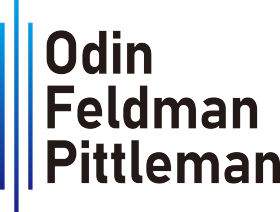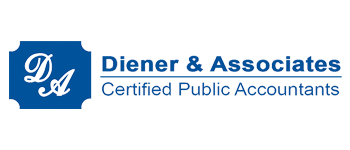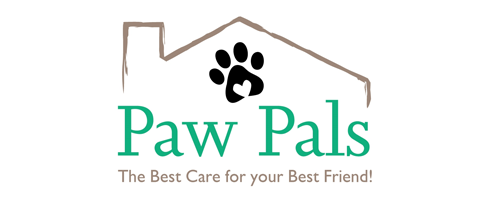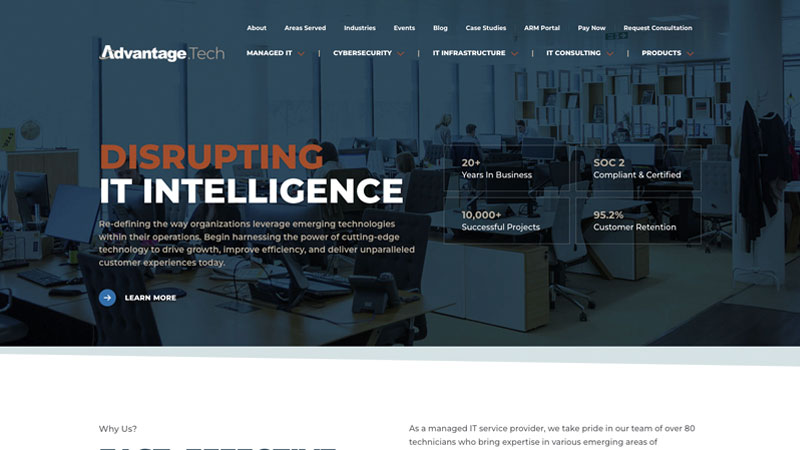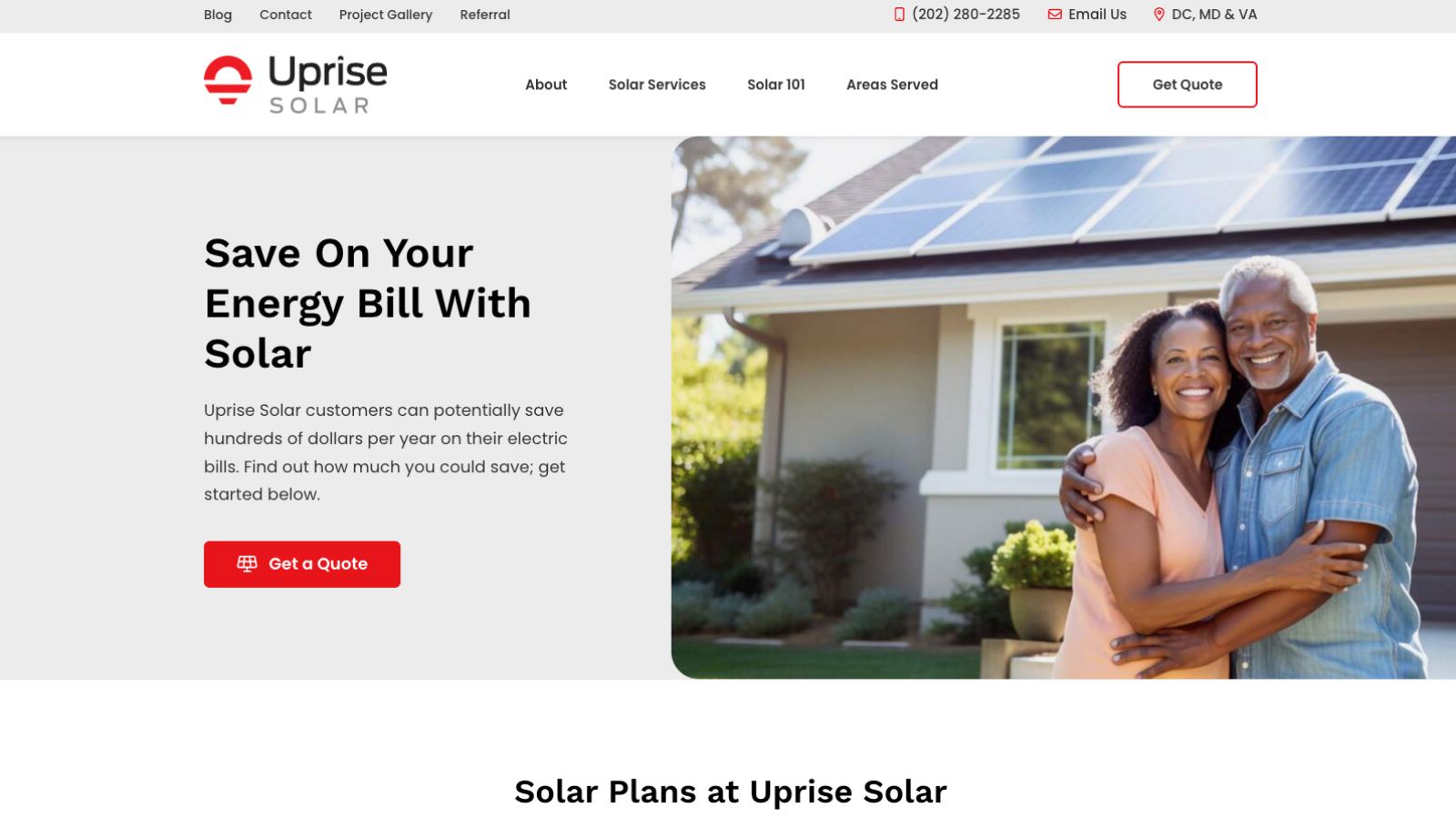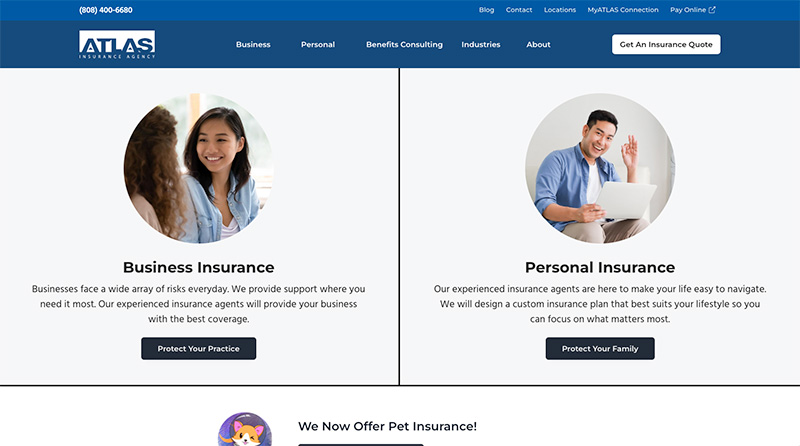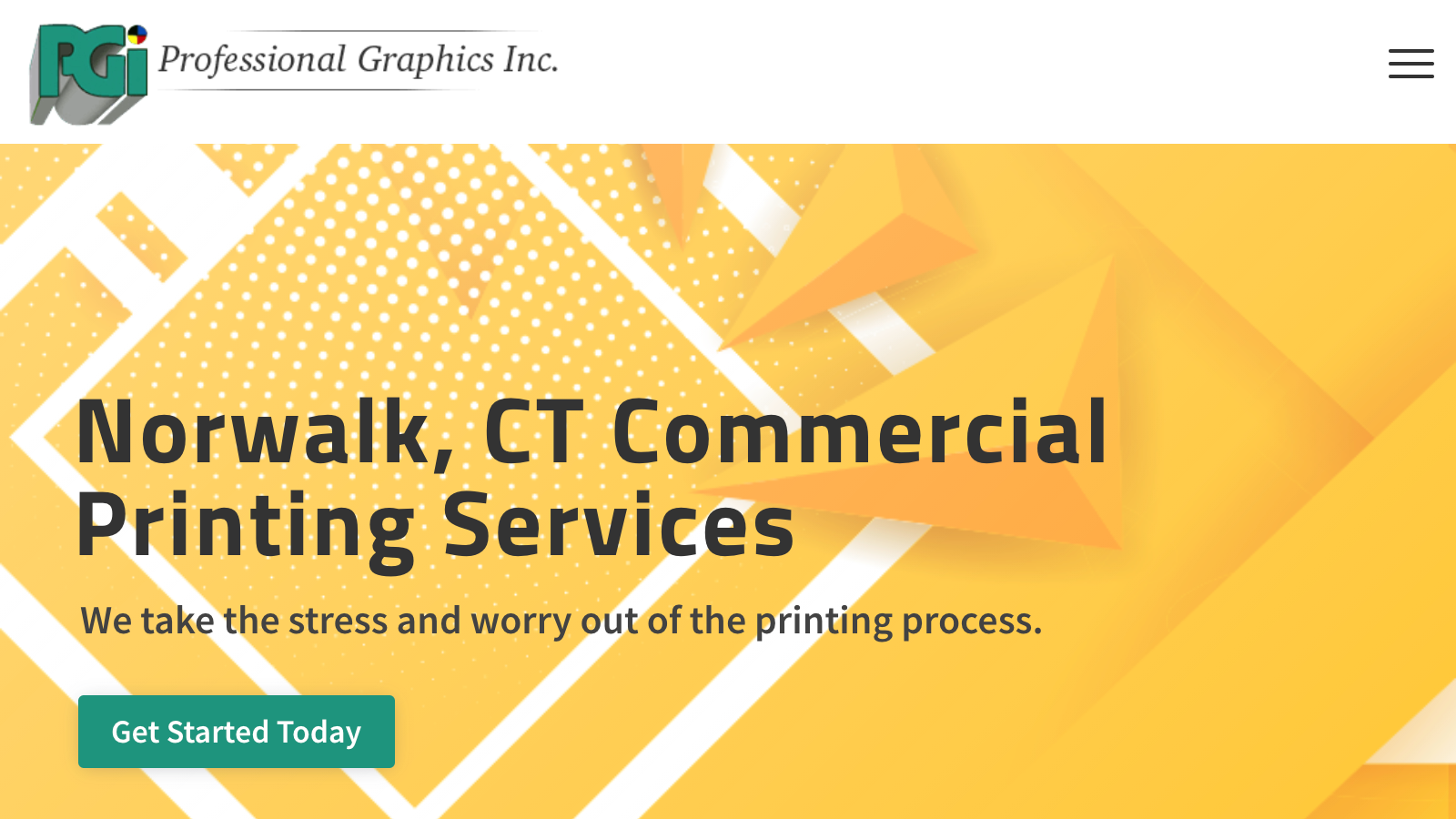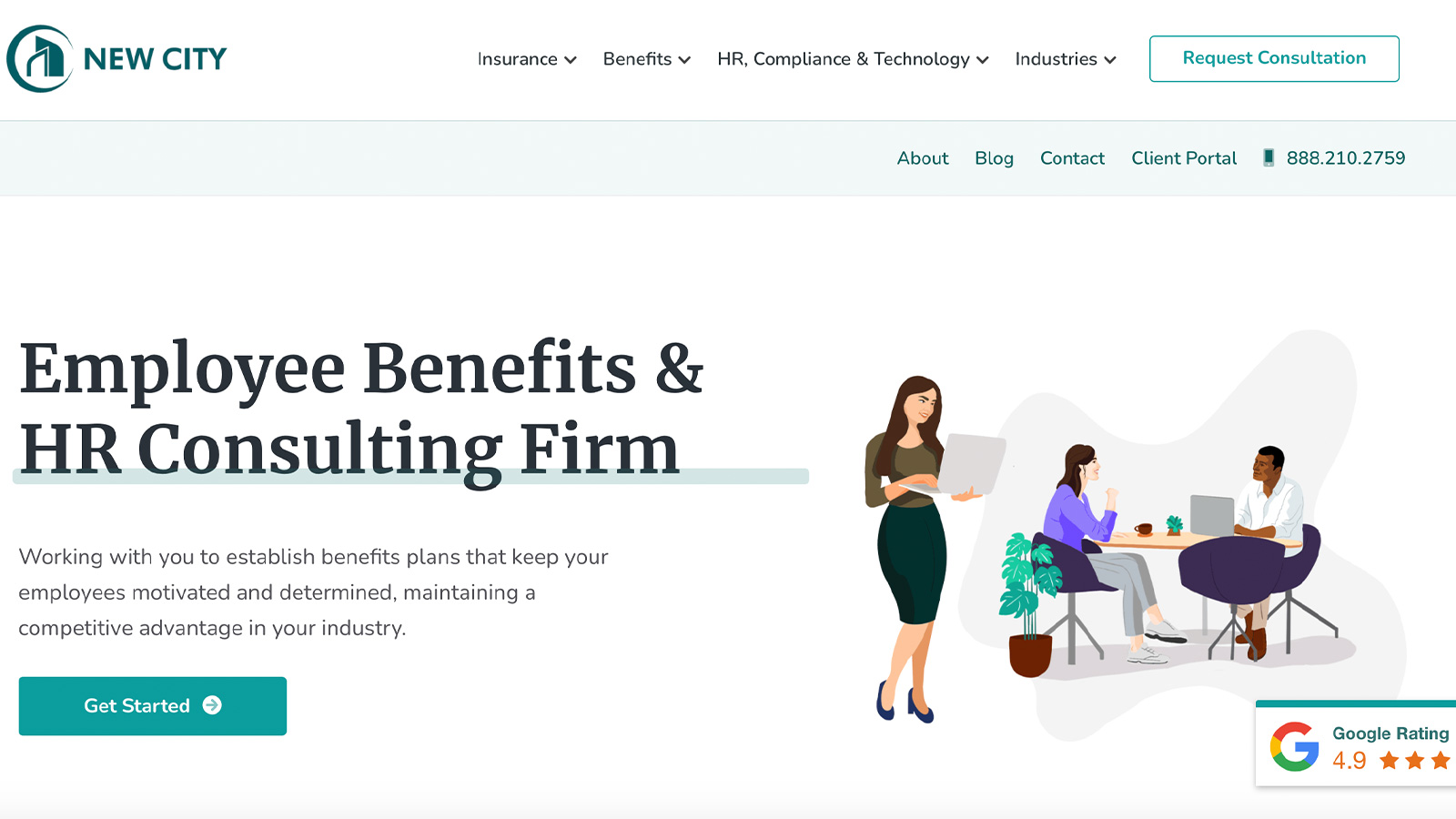Inbound Lead Generation Strategy Services
Get Predictable Inbound Leads, Not Just Website Traffic
Organizations that are currently generating millions in annual revenue often invest in marketing but tend to struggle to generate a steady flow of high-quality leads.
Even with a dedicated marketing manager, inbound efforts may not deliver the expected ROI you’re looking for.
Our inbound lead strategies are designed to drive results and 3x your ROI. Applying our data-driven, systematic approach, we help businesses achieve predictable inbound leads that translate into real revenue.
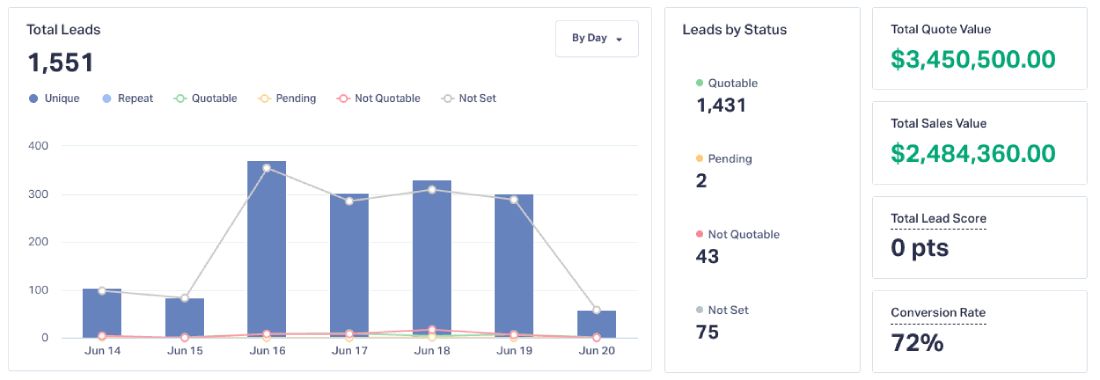
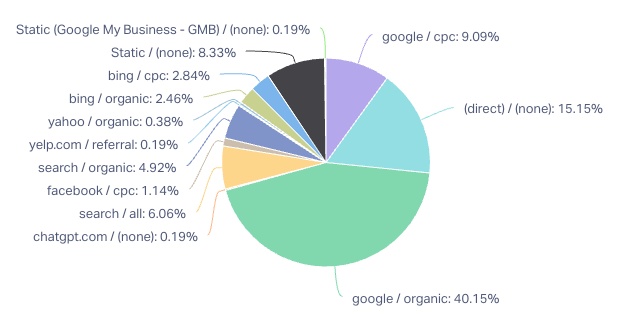
The Inbound System That Turns Marketing Managers Into Lead Machines
321’s System for Marketing Managers delivers qualified inbound leads using a structured, benchmark-driven framework built to scale. It’s not a scattershot approach, it’s a proven playbook that turns your website into a predictable lead engine.
We don’t gamble. We don’t guess-and-check. We get predictable, inbound leads that close.
ROI In Your First Year, Guaranteed
Our proven process delivers ROI in 12 months. Every lead is tracked from first touch to appointment, giving insights into cost, source, & revenue.

How Do Your Lead Costs Stack Up Against The Competition?
See how your current cost-per-lead and lead volume compare to your industry’s benchmarks. Use our free benchmarking tools to find out if you’re on track, or leaving qualified leads on the table.
Answers That Help You Buy Smarter
Most agencies experiment with tactics. We don’t. The 321 System is structured, data-driven, and engineered to generate inbound leads that actually close.
Every year, we rebuild and optimize your website, free of charge, to align with your sales goals and leadgen best practices. It’s a $24K value included in your campaign.
We track every lead from click to appointment. Our reporting shows exactly where leads come from, what they cost, and how they impact your bottom line; no guesswork.
We serve IT, cybersecurity, SaaS, healthcare, legal, and contractor firms. Our strategies are tailored to each vertical, backed by benchmark data and proven results.


